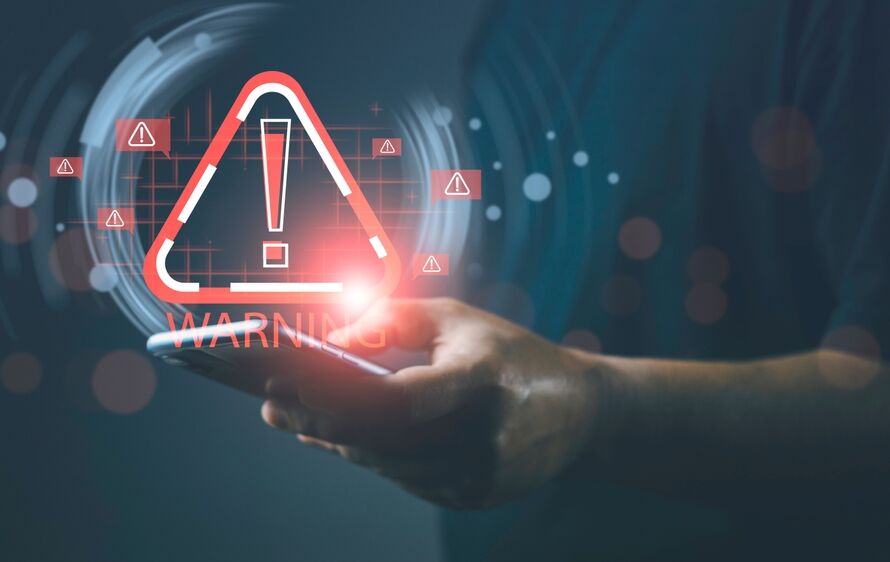Attackers do not sleep. They pivot through cloud accounts, steal tokens and spin up rogue servers with scripts that vanish in seconds. Meanwhile most security teams still flip through thousands of low‑value alerts hoping to spot the one that matters. Manual methods cannot win that race, which is why boards now fund AI threat hunting programs that pull useful signal out of the chaos. Below is a deep dive into the five techniques powering the best enterprise threat hunting tools in 2025, with straight talk on how each one works and why it drives real‑world results.
1. Behavioural Analytics for Real Time Anomaly Detection
Traditional detection leans on static rules. Miss one indicator and the intruder walks straight in. Behavioural analytics flips the script by learning the normal cadence of every user and asset, then alarming only when behaviour breaks pattern. Think contractors uploading gigabytes after midnight or a single sign‑on token authenticating from Sydney then Seoul six minutes later.
Modern engines crunch months of logins, file moves and network flows to build that profile. Once in place, they pump out AI powered threat detection fast enough to stop ransomware before it starts encryption. A global logistics firm running behavioural analytics saw mean time to detect drop from four hours to eleven minutes and cut false positives by sixty percent. Those numbers get the CFO’s attention.
Why it matters
- Captures zero‑day exploits with no signature required
- Reduces alert fatigue so analysts dig deeper into high‑risk cases
- Forms the foundation for real time anomaly detection that protects expanding cloud estates
2. Machine Learning Models That Spot Unknown Threats
Security teams hate the unknown unknowns. Polymorphic malware shifts hash values and evades signature checks. Machine learning threat detection solves that by training on raw event features, not known bad code. Models weigh command line length, parent‑child process trees, DLL sideloading, registry edits and domain generation patterns, then score every event for risk.
When an attacker launches a brand‑new payload the system still lights up because the behaviour looks shady. That is how AI identifies unknown threats in plain terms. Enterprises adopting this approach report catching thirty percent more stealthy attacks in the first quarter, a metric that sells itself to sceptical leadership.
Checklist for choosing a model set
- Diverse training data drawn from real attacker telemetry, not lab malware only
- Clear explanations so analysts trust each high‑risk score
- Continuous learning loops that update weights using analyst feedback
Deploy these models and you gain a living shield that sharpens over time, a core plank in any machine learning in enterprise threat hunting roadmap.
3. Threat Actor Profiling and Contextual Intelligence
Logs without context are just noise. The next step is layering external threat intelligence on top of internal events. AI scrapes dark‑web chatter, zero‑day broker listings and brand‑spoofing domains then merges that data with live alerts. The outcome is threat actor profiling that tells you who is knocking and what they usually target.
Picture an alert that shows command‑and‑control traffic to an IP range previously owned by Iron Tiger. The platform automatically tags the event with that group’s playbook: credential theft, cloud pivot then exfiltration via FTP. Analysts jump straight to containment instead of first googling who Iron Tiger is.
Payoffs
- Turns reactive triage into proactive disruption by predicting adversary next moves
- Provides board‑friendly reports that map incidents to named campaigns
- Helps compliance teams tie controls to frameworks such as MITRE ATT&CK
That big‑picture view is the secret sauce behind enterprise cyber threat hunting using AI, letting small teams punch above their weight.
4. Adversary Simulation and Continuous Validation
You bought tools, tuned rules and ran tabletop drills. Still unknown if they fire when stakes are real. Adversary simulation fixes that uncertainty. AI‑driven engines replicate tactics from ransomware crews, insider threats or state actors then launch those moves in a sandbox or safe production slice.
Unlike point‑in‑time penetration tests, continuous simulation runs daily, adapting scenarios based on recent threat trends. Failed detections auto‑generate tickets so engineers patch blind spots immediately. For heavily regulated sectors, simulation provides hard evidence that controls work, a gold star during audits.
Key benefits include:
- Hands‑on measurement of detection and response speed, not theoretical scoring
- Automated tuning of alert thresholds using live feedback
- Proof for executives that investments in security infrastructure modernization pay off
Forward‑thinking leaders treat simulation as routine hygiene the same way DevOps teams run unit tests, keeping defences honest every single day.
5. Automated Threat Response and Orchestration
Finding mal‑ops fast is great but worthless if containment drags. Automated threat response plugs that gap by chaining detection to action. When a model flags a workstation opening PowerShell from an untrusted macro, an orchestration playbook kicks in: isolate the endpoint, dump memory, disable the compromised account and notify the user’s manager.
This is real time threat hunting with AI automation and it shrinks mean time to respond from hours to minutes. Analysts still review the chain of evidence yet ninety percent of the mechanical work is done for them. That balance preserves human judgment while scaling defence without fresh headcount, the North Star for every SOC modernization strategy 2025.
Implementation tips:
- Start with low‑risk playbooks like blocking malicious domains before moving to heavy containment steps
- Use role‑based approvals so high‑impact actions need a quick human nod
- Track metrics such as dwell time and remediation speed to prove ROI
Enterprises that nail automation routinely report downtime cuts worth millions each quarter, results that silence any lingering doubts.
Choosing Your AI Threat Hunting Stack
The hype is thick so grill vendors hard. Ask if they have benchmarks showing success with top AI powered threat hunting tools in 2025. Dig into deployment models—cloud, on‑prem or hybrid—to ensure data sovereignty is intact. Demand plain‑language explanations of model decisions because black boxes breed mistrust. Finally confirm licences include retraining sessions and local support because models rot without upkeep.
Wrapping Up
Threat hunting matured fast. Static rules and human triage alone cannot handle the volume, speed or creativity of today’s adversaries. AI for cyber threats brings behavioural analytics, machine learning, enriched intelligence, constant validation and automated response into one adaptive shield. Adopt these techniques and your team moves from distracted firefighting to confident offence.
If you are ready to see this evolution up close, book a demo with CiBRAI. Watch our platform ingest live data, profile real adversaries and lock out an attack before lunch—proof that AI powered threat detection is not a buzzword but a daily advantage.



